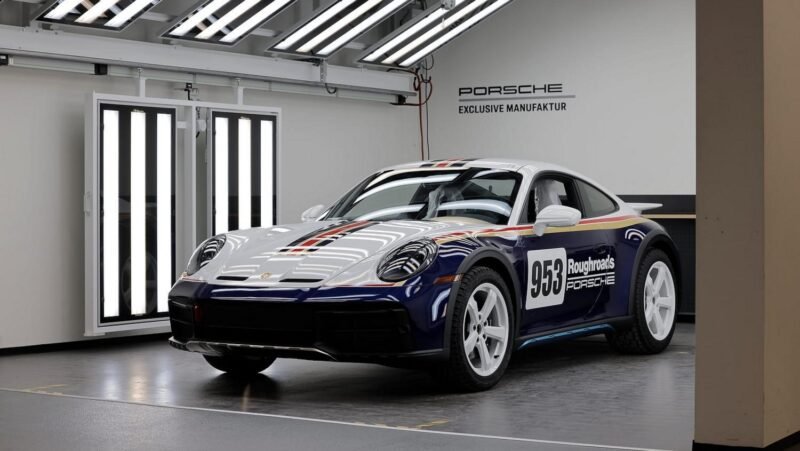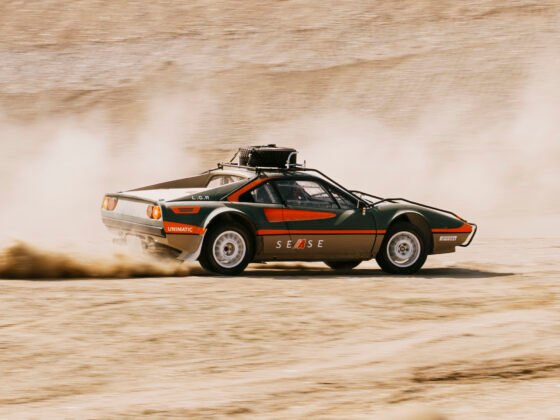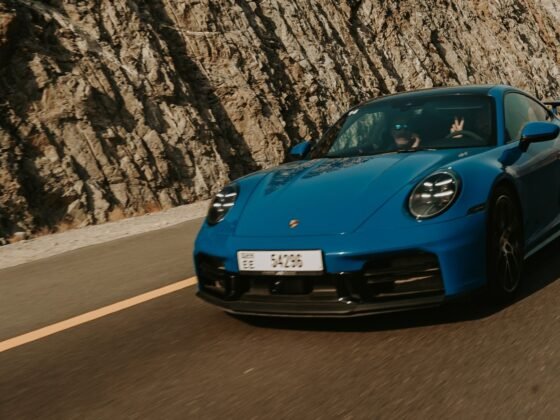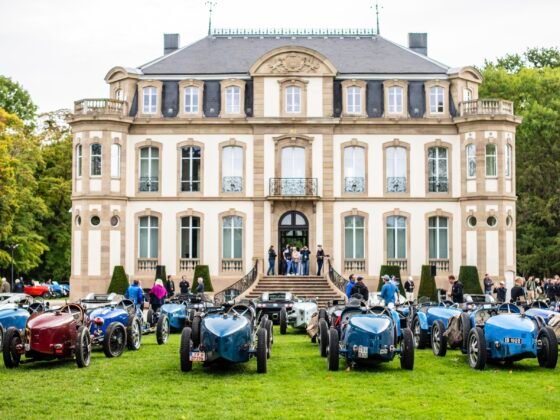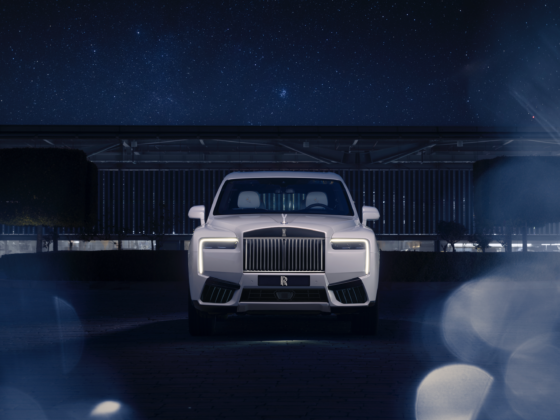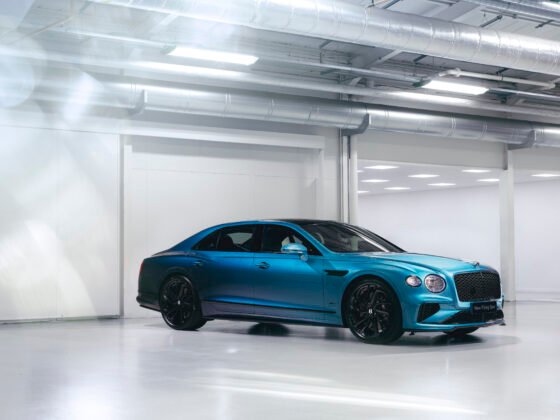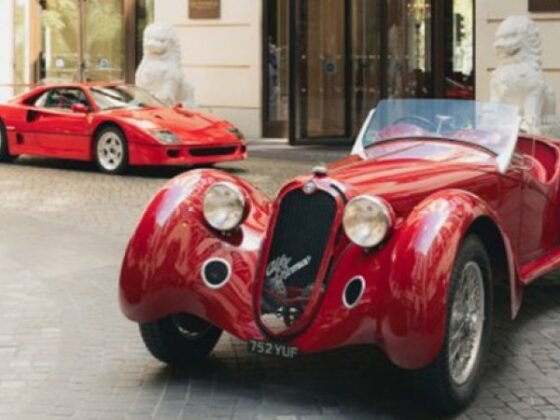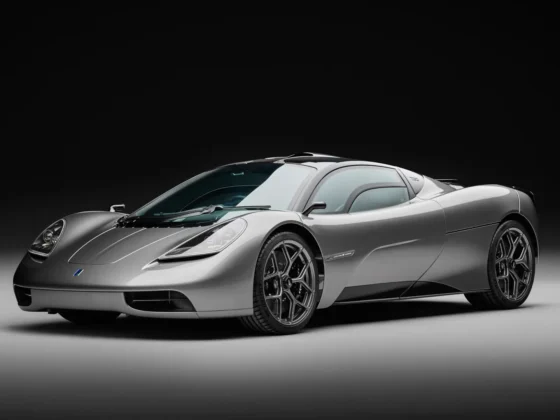Few cars carry the same weight of legacy and desirability as the Porsche 911, and in its limited-edition iterations, the icon evolves into something even rarer. The Turbo 50 Years, the Dakar, and the S/T stand at the pinnacle of the marque’s offerings—models where high-tech innovation and artisanal craftsmanship converge to create a driving experience as unique as a fingerprint. Produced at the Zuffenhausen site, these editions embody the balance of exclusivity, precision, and personalisation that has defined Porsche’s most coveted creations.
While bodywork begins with a symphony of 300 robots in the highly automated workshop, the transformation into something extraordinary happens in the Manufaktur stages: Exclusive Manufaktur, Sonderwunsch, and the Carbon Fibre Manufaktur. It is here that human hands refine what technology has begun—leather applied with couture-level detail, fabrics stitched with discipline, and paint applied with a patience that machines cannot replicate. In the case of the 911 Dakar, even two-tone paintwork is finished by hand, requiring more than seven hours of meticulous artistry.
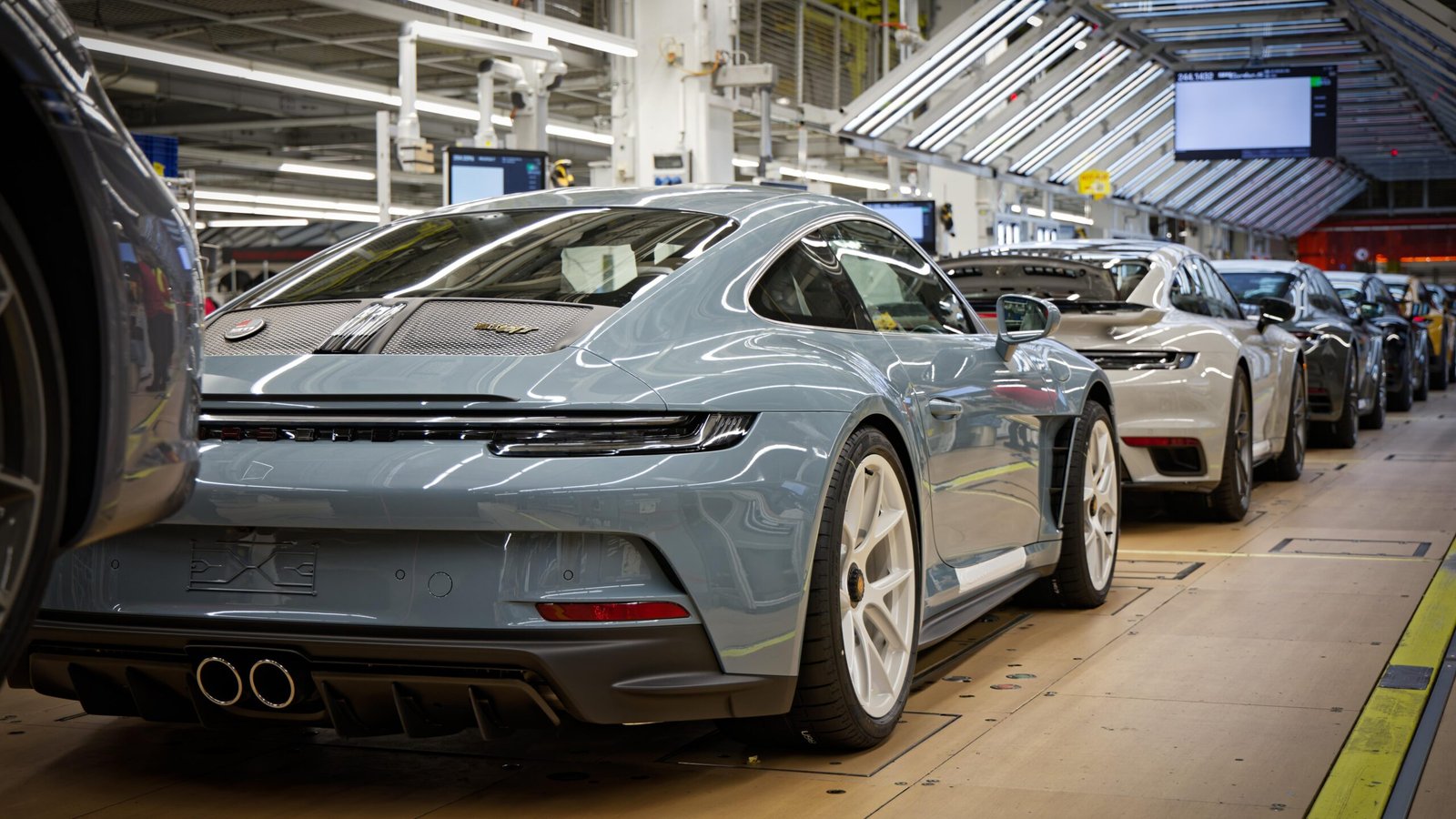
The Turbo 50 Years pays homage to its 1974 predecessor, reviving tartan fabrics and interior details that marry nostalgia with modern engineering. After the “marriage” of powertrain and body, the car passes through final finishing stages, where Porsche’s in-house saddlery and artisans elevate each element. It is not simply a car rolling off an assembly line—it is a continuation of Porsche’s Manufaktur tradition, rooted in the philosophy that individuality is as essential as performance.
For clients who wish to go further still, the Sonderwunsch Manufaktur offers the possibility of one-of-a-kind models. In this atelier, creativity is the only limit, provided it adheres to Porsche’s exacting quality standards. One Italian client’s 911 Dakar, finished in a three-tone blend of Signal Yellow, Gentian Blue Metallic, and Lampedusa Blue, illustrates just how personal these cars can become. With hand-painted details, bespoke wheel finishes, and embroidery, the vehicle transforms into a unique collector’s piece, rich with personal storytelling.
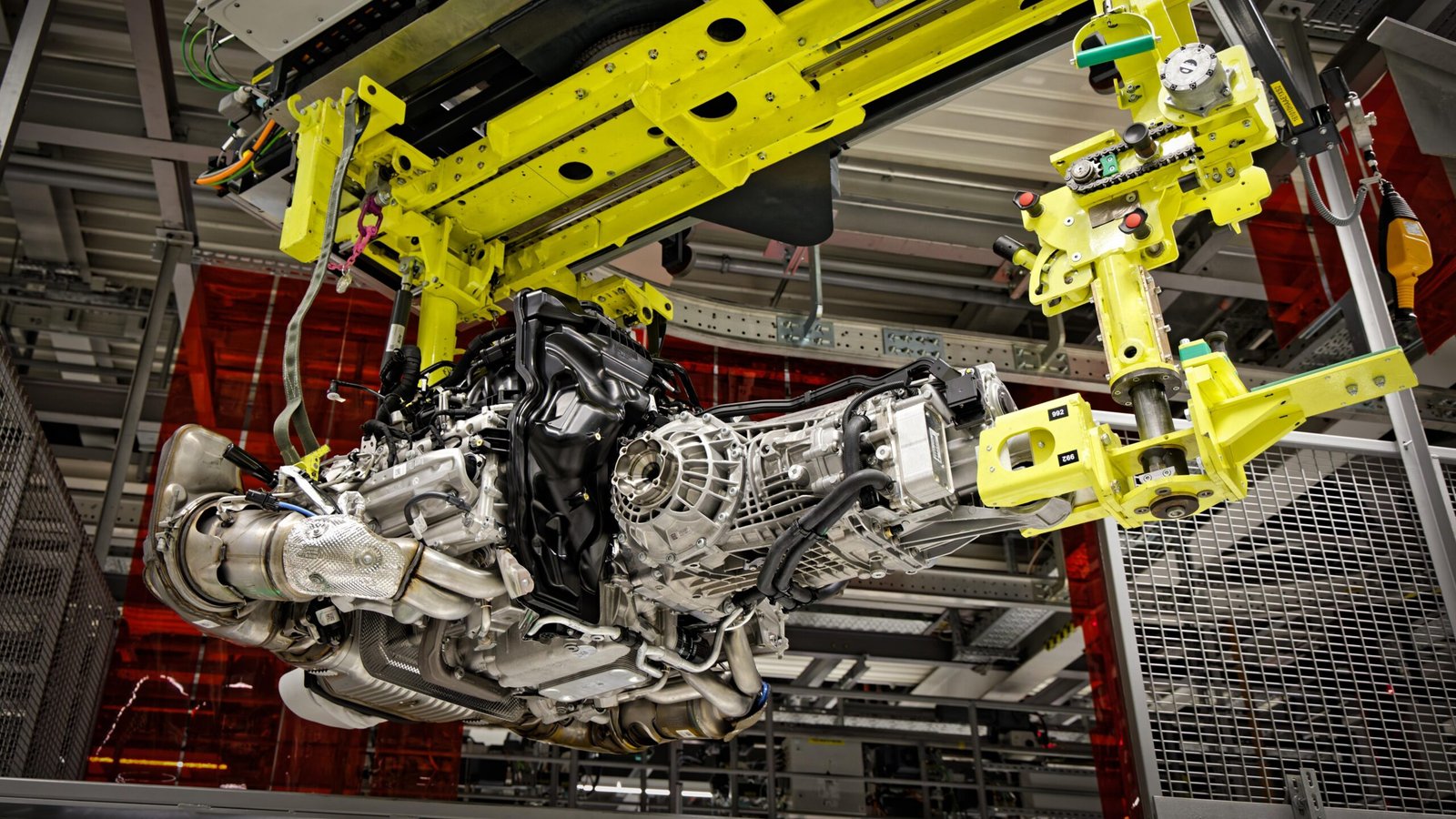
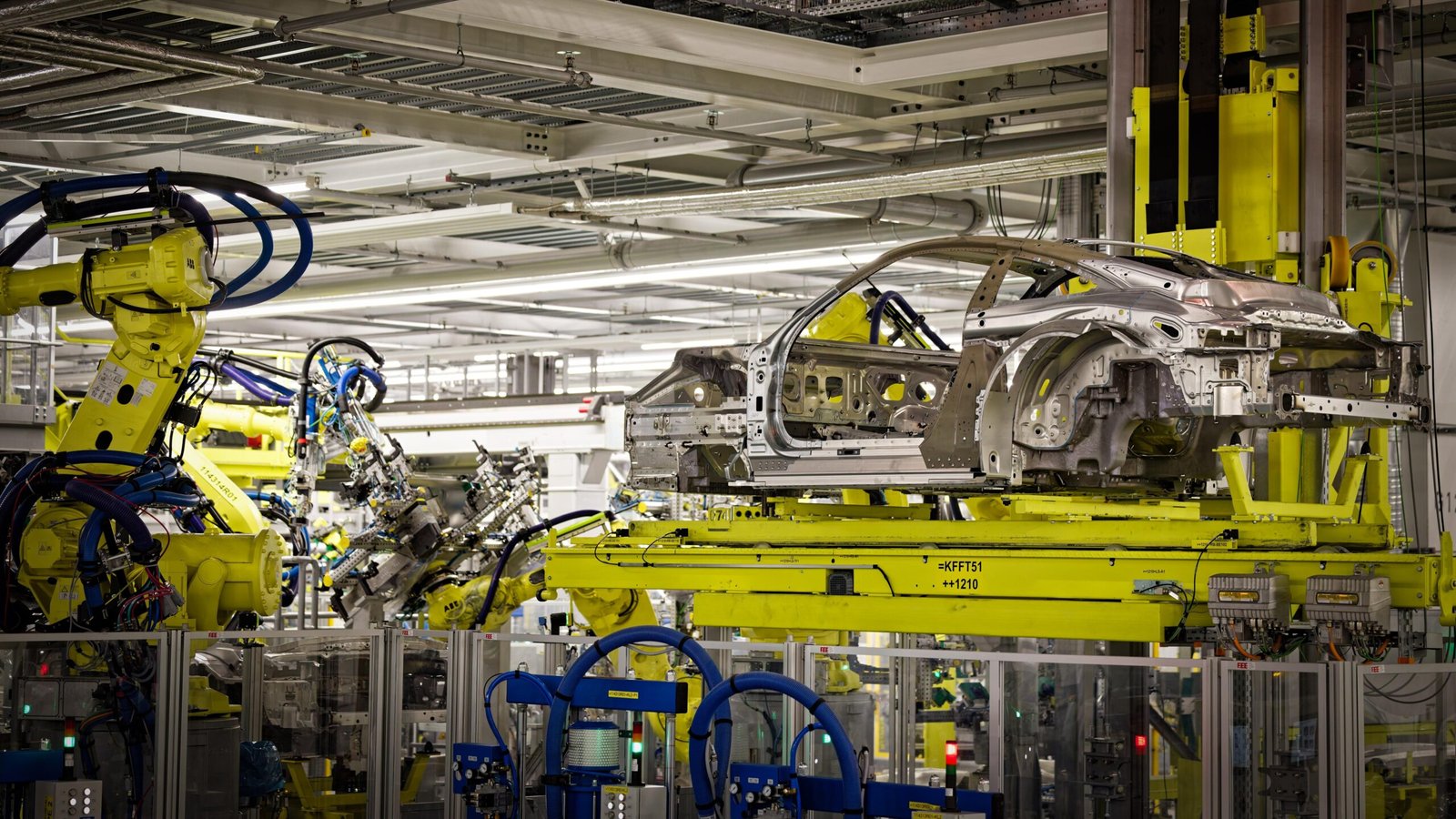
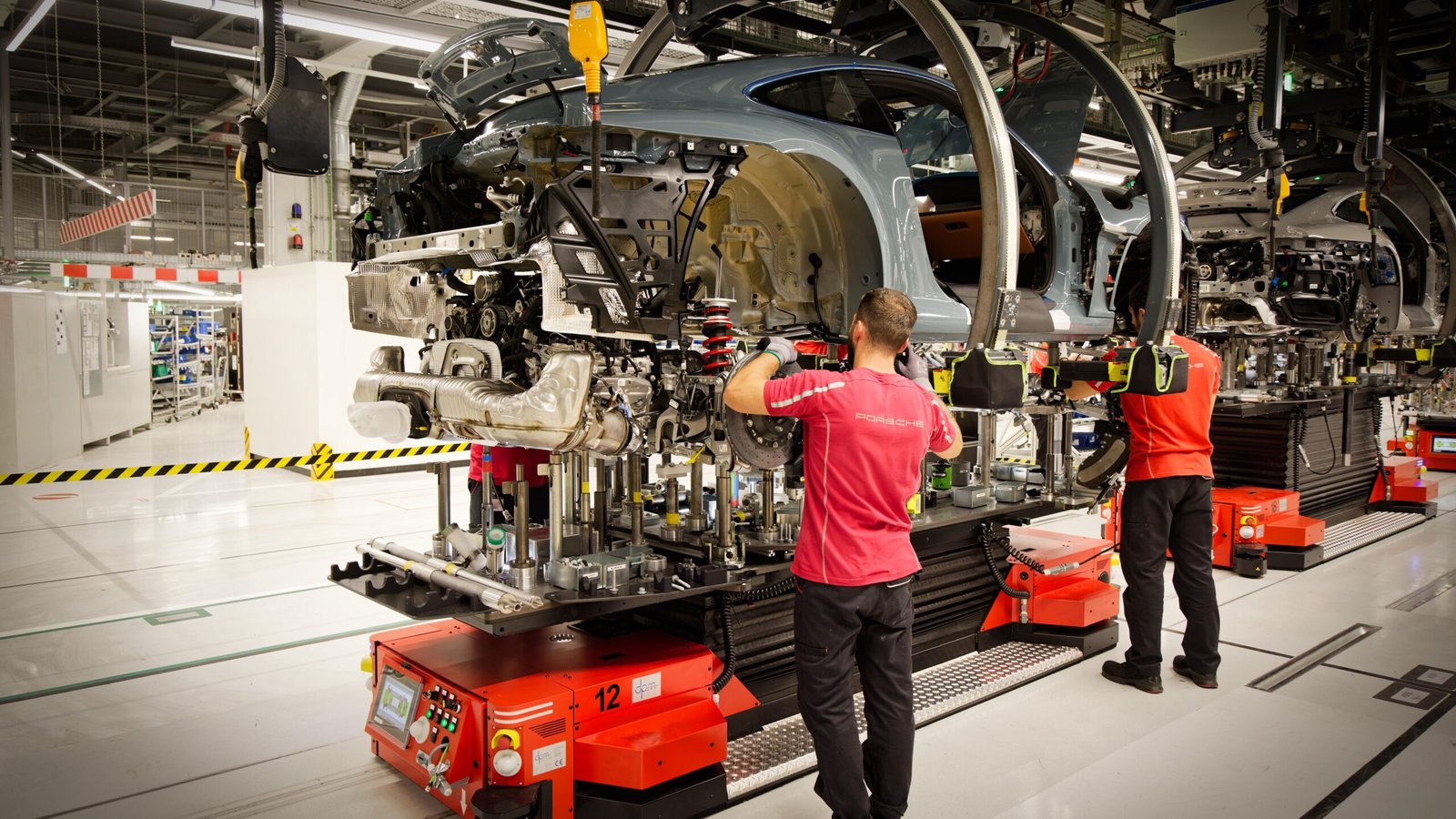
The Carbon Fibre Manufaktur, meanwhile, caters to purists seeking lightweight performance. Here, doors, bonnets, and wings are mounted manually, adjusted frame by frame to ensure millimetric precision. The result is a body both featherlight and robust, serving as a foundation for the S/T and GT models—machines where minimal weight translates directly into maximal driving thrill.
Distinct from other luxury carmakers, Porsche also maintains its own saddlery at Zuffenhausen, where artisans cut, stitch, and line interiors by hand. Whether applying Race-Tex, leather, or fabric, every detail is the product of both machine accuracy and human instinct, ensuring that no two interiors ever feel identical. Such an approach anchors Porsche’s reputation as a maker of not just sports cars, but personal heirlooms crafted with passion.
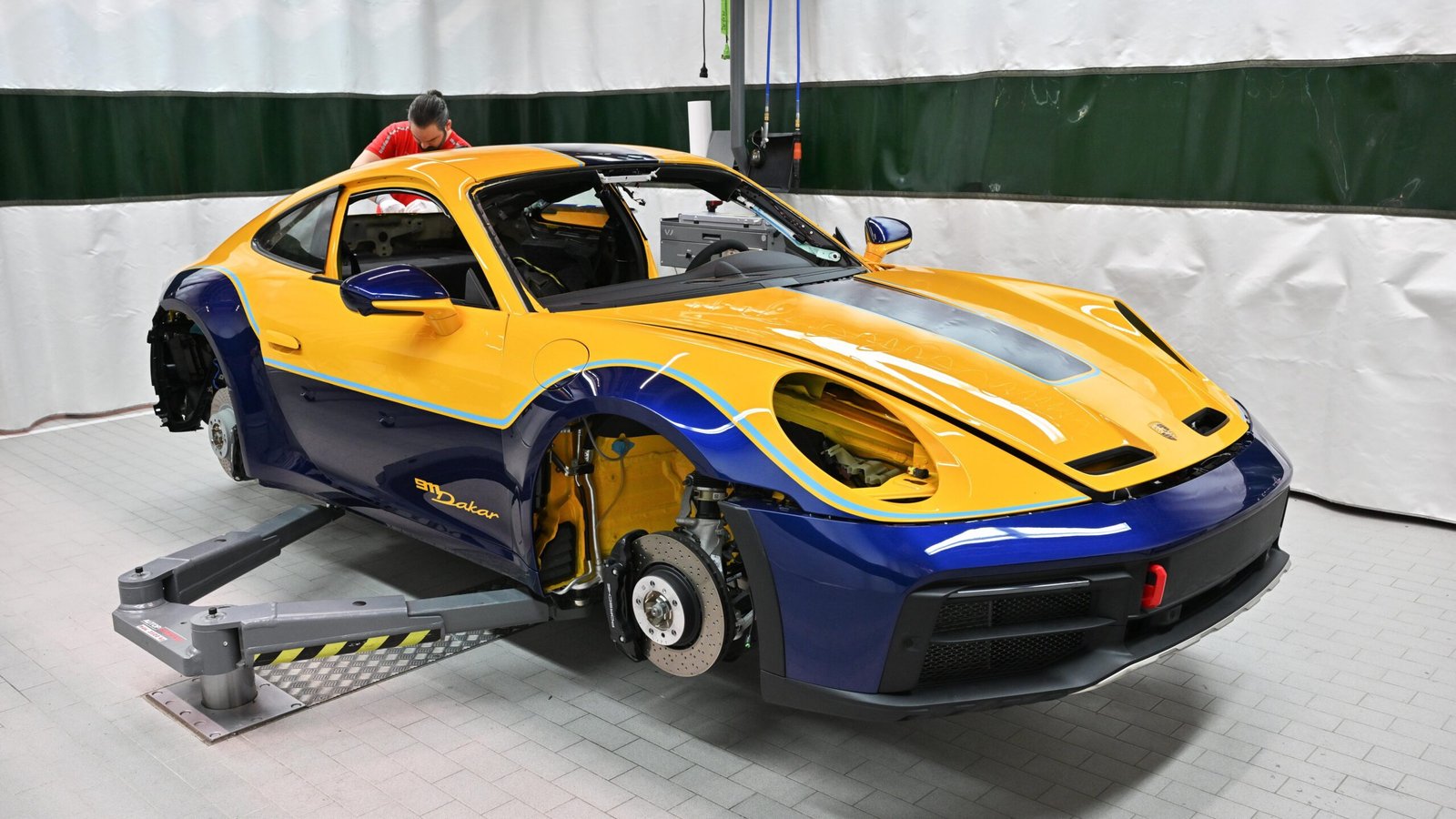
In the end, a limited-edition 911 is not merely purchased—it is commissioned. From the first spark of design to the last embroidered stitch, it reflects the synthesis of engineering, heritage, and individuality. In a world of mass production, Porsche’s dedication to blending advanced technology with Manufaktur artistry ensures that every limited-edition 911 is more than a car: it is a statement of identity, destined for collectors who demand both performance and poetry in motion.

